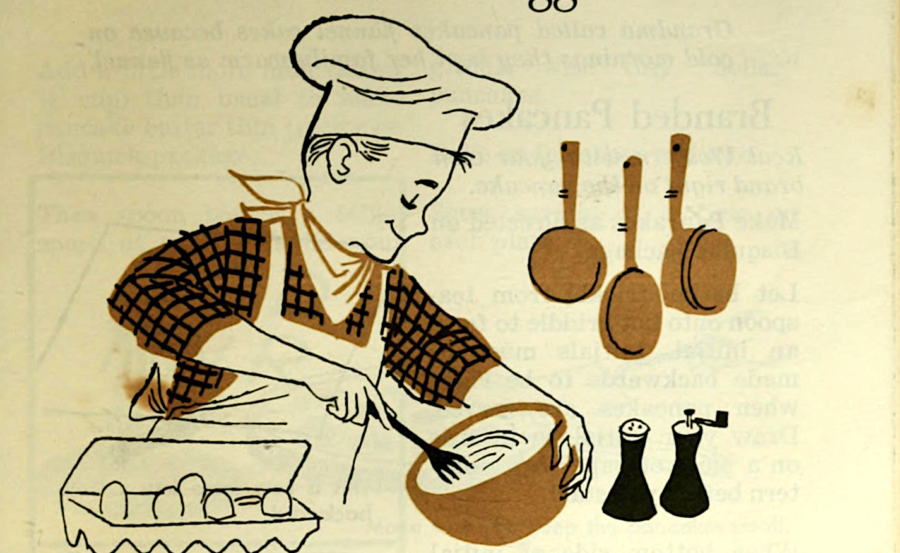What is the most American institution of all? The mind first goes in the directions of church, of the military, of football. But if we consider only the systems of modern life developed on United States soil, the most influential must surely be fast food. That influence manifests in not just the homeland but the rest of the world as well, and like every robust American creation, fast food both changes and adapts to the foreign lands in which it takes root. Though unknown in the U.S., the yellow motorcycles of McDonald’s deliverymen are an everyday sight in the capital of South Korea, where I live. That could hardly have figured in even the farthest-reaching visions Richard and Maurice McDonald had for the entirely new model of hamburger stand they launched in San Bernardino, California, in 1948.
Back in postwar America, “car culture reigns supreme. Drive-in movies and drive-in restaurants become all the rage, taking convenience to another level.” So says the narrator of the clip above, from the fast-food episode of the Netflix series History 101. But before long, drive-ins would be relegated to the status of historical curiosity, and fast food on the McDonald’s model would become nearly omnipresent.
As with much else in American industrial history, the key was efficiency. Having previously run a drive-in, the McDonald brothers understood well how cumbersome such operations could be, and how they encouraged customers to linger rather than spend their money and be on their way. The stripped-down menu, the streamlined cooking process: every element was now engineered for speed above all.
McDonald’s did not, however, invent the drive-through. That honor goes to a Texas establishment called Pig Stand, which first erected that pillar of the American way of life back in 1921. In Fast Food: The Fast Lane of Life, the History Chanel documentary above, the president of Texas Pig Stands says that the chain’s founder Jessie G. Kirby “was famous for his quote of saying that people with cars are so lazy that they don’t want to get out of them to go eat. That prophecy proved to be very true.” Even as the spread of car ownership across America and then the world made drive-through fast food into a viable proposition, it put (and continues to put) greater and greater pressure on the businesses to deliver their product in shorter and shorter times.
“Beyond the challenges of technical hardware that delivered things fast, the industry had to deliver a pipeline to deliver the food,” says the documentary’s narrator. “Throughout the eighties, the burger giants set about designing a network of suppliers that could deliver millions of tons of foods to thousands of restaurants at exacting standards of uniformity.” This uniformity — hamburgers that cost and taste exactly the same, everywhere — enchanted Andy Warhol, that maven of American mass culture. It has also, arguably, done its part to trivialize the rituals of preparing and consuming food, to say nothing of the health dangers posed by frequent indulgence in salty, sugary, oily meals, especially in the context of a sedentary automotive lifestyle. But if you don’t understand fast food — and all the technological, economic, and social factors that have made it not just possible but world-dominant — can you claim understand America?
Related content:
How Eating Kentucky Fried Chicken Became a Christmas Tradition in Japan
A Brief History of the Great American Road Trip
McDonald’s Opens a Tiny Restaurant — and It’s Only for Bees
Based in Seoul, Colin Marshall writes and broadcasts on cities, language, and culture. His projects include the Substack newsletter Books on Cities, the book The Stateless City: a Walk through 21st-Century Los Angeles and the video series The City in Cinema. Follow him on Twitter at @colinmarshall or on Facebook.



